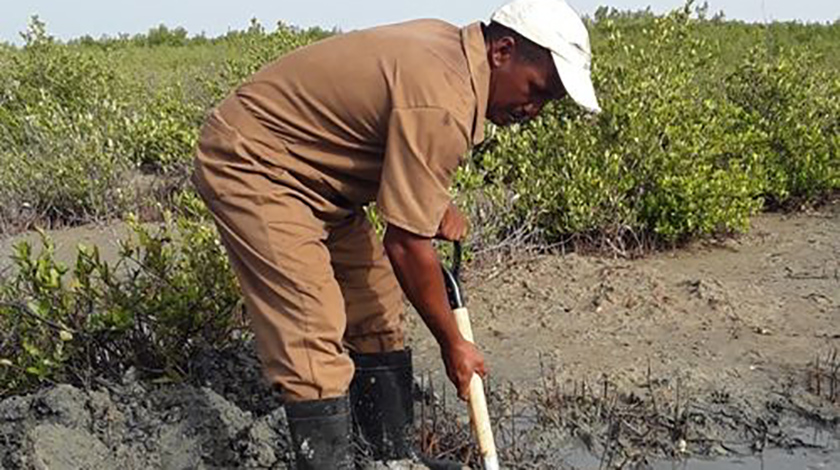
The natural regeneration of hectares of mangroves and the restoration of marine fauna are palpable results on the north coast of Ciego de Ávila thanks to investments in hydraulic works in the Great Wetland of Northern Ciego de Ávila during the last two years.
Alejandro González Díaz, senior territorial policy specialist of the sub-delegation of the Environment at CITMA in the province, stated at a press conference that the repairs to the Estero-Socorro and Chicola dams, the closure of the Manatí canal and the Puente Largo dam They provide environmental and water benefits in the area, where species of Cuban birds live and there is a varied flora.
The dams in the reservoirs prevent marine penetration, which reduces saline intrusion and guarantees the accumulation of greater volumes of water in Puente Largo, a place that acts as a hydraulic plug in the hydrogeological sectors of northern part of Ciego de Ávila, he said.
As the Great Wetland of the North of Ciego de Ávila is one of the scenarios of danger and vulnerability of the coastal areas of Cuba and the adjacent keys, associated with the rise in sea level for the years 2050 and 2100, it is given priority in the Task Life State Plan for confronting climate change in the country.
This site, with international Ramsar category, constitutes an environmental reserve for the survival of bird species, some of which are very vulnerable, such as the Eurasian Gallinuela.
It has an area of 226 thousand 875 hectares, covering the municipalities of Morón, Chambas, Ciro Redondo, Bolivia and Primero de Enero.
It has three protected areas: the Central-West Ecological Reserve of Cayo Coco and the Loma de Cunagua and El Venero wildlife refuges, the latter dedicated to the conservation of populations of aquatic birds and the Cuban crane.
It also has a breeding center for the American crocodile, with hundreds of specimens, which, when they reach their adult stage, are released into the natural environment for their development.




